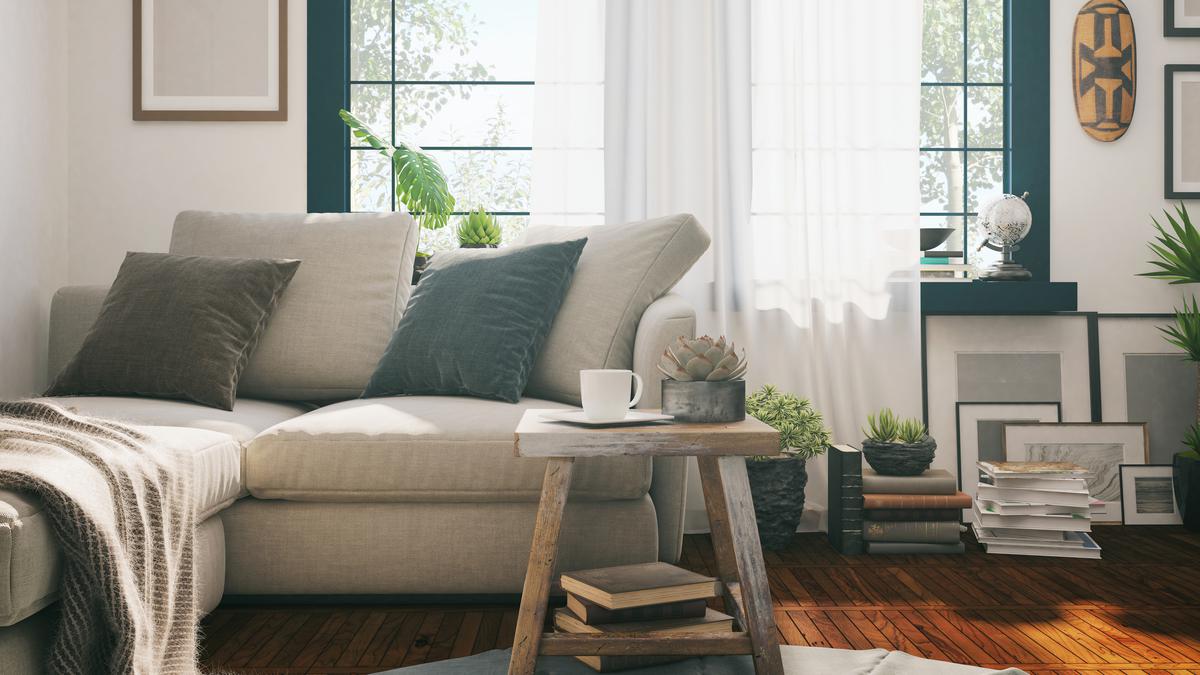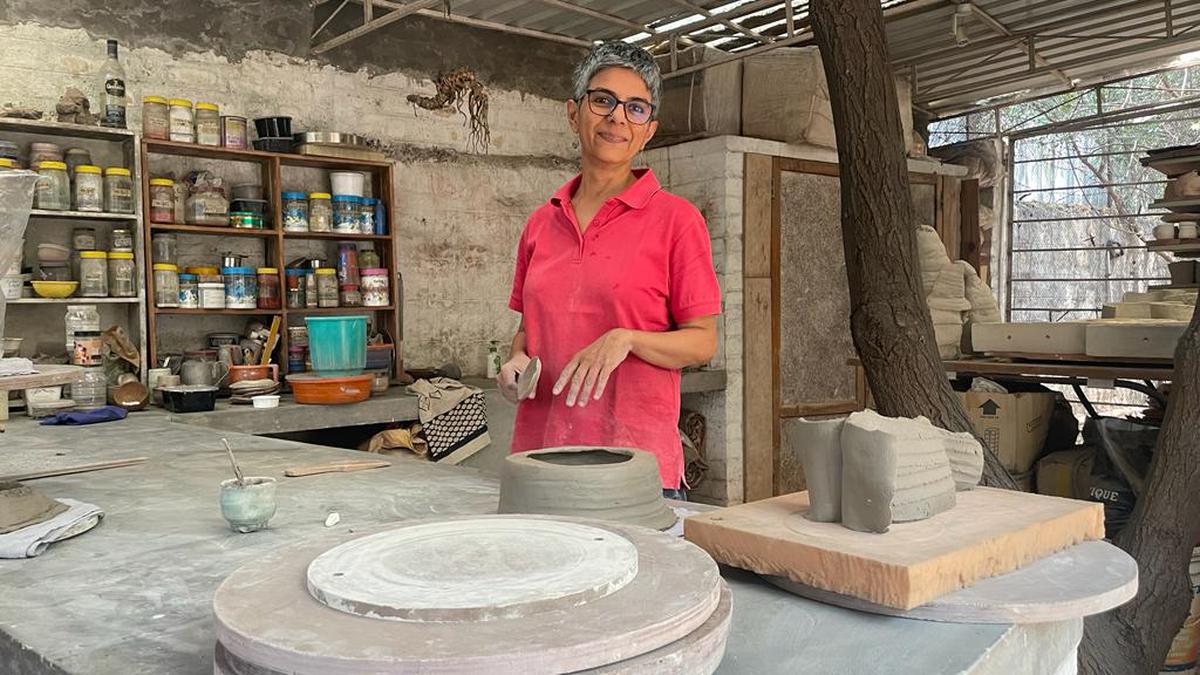How can you make sure that you don’t need to crank up the air-conditioner all through the day to stay comfortable? Employing some natural methods of keeping your home cool can help push temperatures down and make your rooms oases while the harsh sun blazes outside.
Set up your windows
Unwanted heat mainly enters the house through windows. According to Family Handyman, up to 30% of unwanted heat comes from the windows, and using shades, curtains, and blinds wisely can shave off up to 7% on bills and lower indoor temperatures significantly. Keep shades and blinds closed, especially on north and west-facing windows to see an impact. “Invest in blackout curtains, which block sunlight and work as natural insulators,” says Swati Patel, a Vadodara-based interior designer.
Allow for circulation
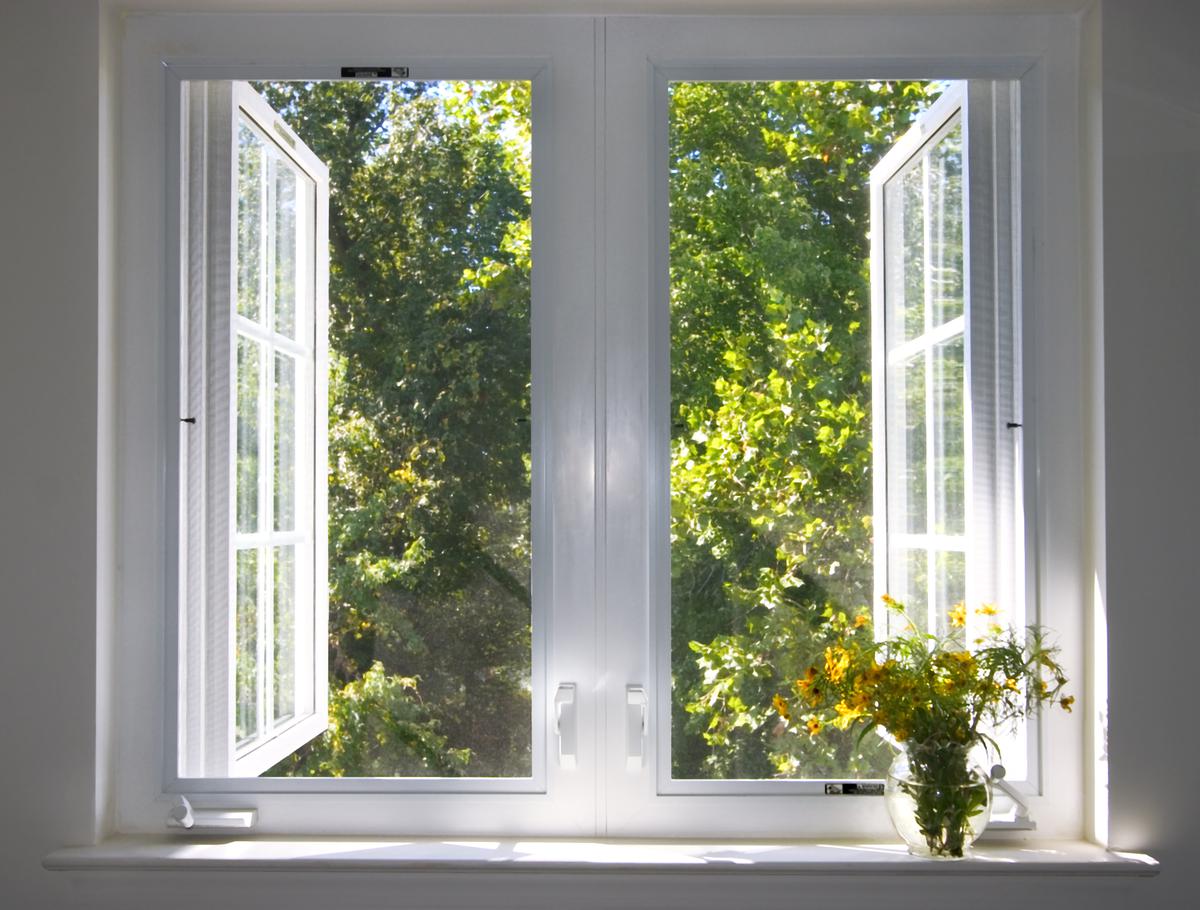
The windows may be shut all day, but open them at the right time of the day to enable cross-ventilation — from 5-8 a.m. and 8-10 p.m. Temperatures often drop during the night. “If you have a terrace, you could even go back to the age-old habit of sleeping under the stars. It’s difficult to get used to, but the cool air blowing around you often lulls you to sleep faster than a loud fan,” Patel says. A DIY cooling setup — a large bowl with ice cubes placed in front of a non-oscillating fan — works wonders on a really hot day if you sit yourself right in front.
Treat your roof
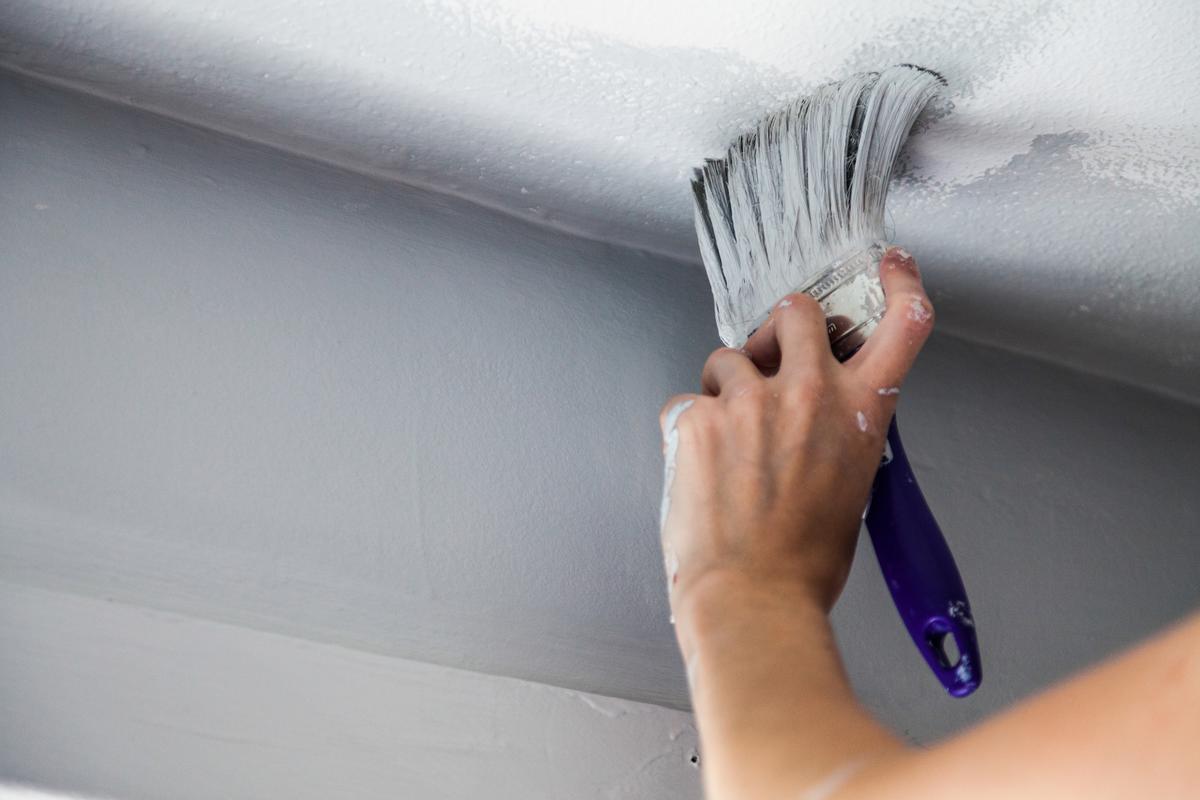
Using a UV reflective paint on the roof can help bring the temperature down by a few degrees throughout the house. Many new roof coatings feature heat reflectance technology with a good Solar Reflective Index (SRI property) that provides a cooling effect. “Such paints work by reflecting harmful UV rays, limiting absorption of heat, and reducing energy costs,” says Rahul Desai, a Delhi-based architect. He adds that using an environment-friendly waterproofing compound with UV-resistant properties on outdoor walls can help the exteriors reflect heat instead of absorbing it. Many companies now offer variants that while keeping your homes cool give your walls a longer life by keeping dust, bacteria, and moisture away.
Bring home some plants
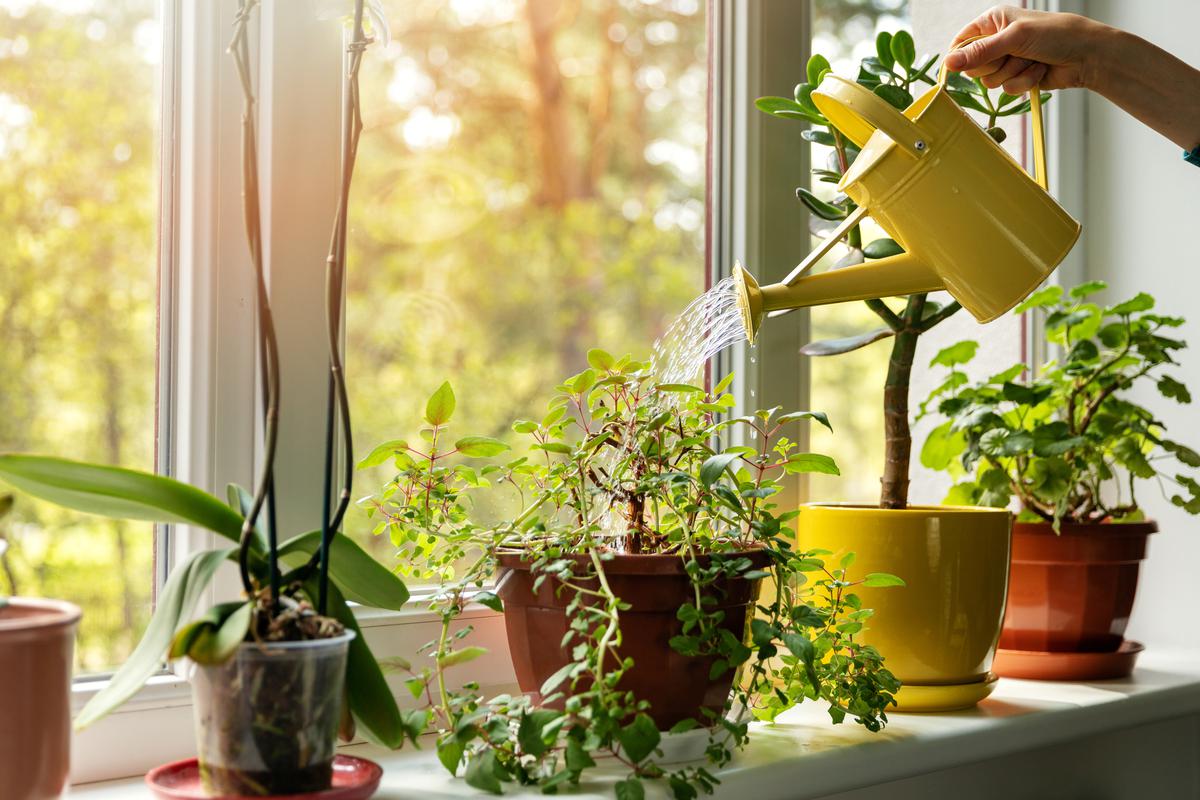
If you want the temperature in your rooms to drop down further, bring in some indoor plants. NASA’s Earth Science Study states that plants release extra moisture from their leaves back into the air when their environment warms up. This process known as transpiration gets the fusty air flowing and cools the space. Apart from this benefit, plants are also aesthetically pleasing, purify the air, and create a green space. “Plants like ficus, Boston fern, aloe vera, snake plant, spider plant, bamboo palm, rubber plant, pothos, and areca palm can be used across the homes to bring down the temperature by a couple of degrees,” says Rahul Mankad, who runs a nursery in Pune. Apart from bringing the plants indoors, using them outdoors also helps. “Shady trees and plants on the east and west sides of the house can block out the sun’s rays. Try growing creepers and vines on the balcony grills and indoor screens/dividers,” Mankad adds.
Lighten up the home
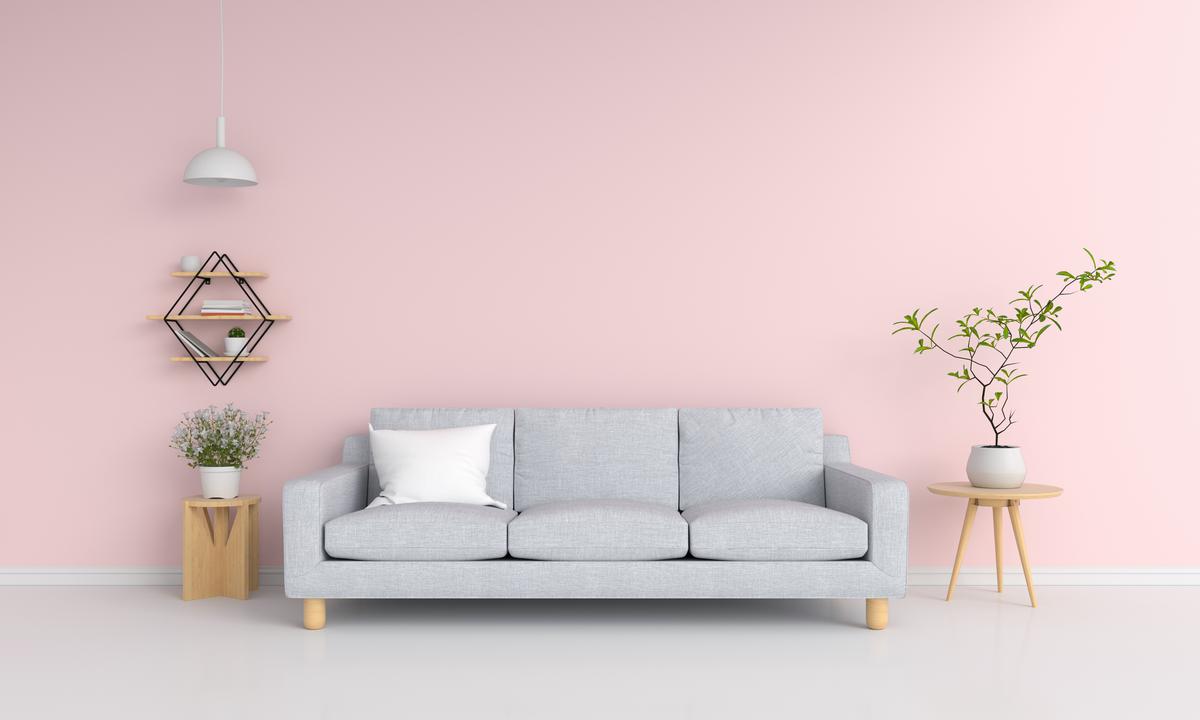
“Choose a light colour for your walls; this will reflect, not absorb, heat and light and keep the interiors cool, fresh and bright,” Desai says. Put away anything that’s made of leather, silk, satin, and polyester — it tends to get hot and sticky as temperatures rise. “Opt for pure cotton or linen when it comes to textiles and bedding. These fabrics are light and breathable and promote ventilation and airflow,” Patel adds.
She also suggests investing in awnings of your home doesn’t have trees shading the windows. “These overhangs that typically fit above the windows and protect your home from the sunlight,” she says. Awnings lower the amount of light the home absorbs and will keep the rooms cooler in summer. Window awnings can reduce up to 65-77% solar heat gain, according to the U.S. Department of Energy.
Desai offers other tips: investing in a dehumidifier that draws out moisture from the air ad also removes environmental hazards such as mould, dust, grime, and pet dander; and switching to energy-saving bulbs that don’t emit much heat.


